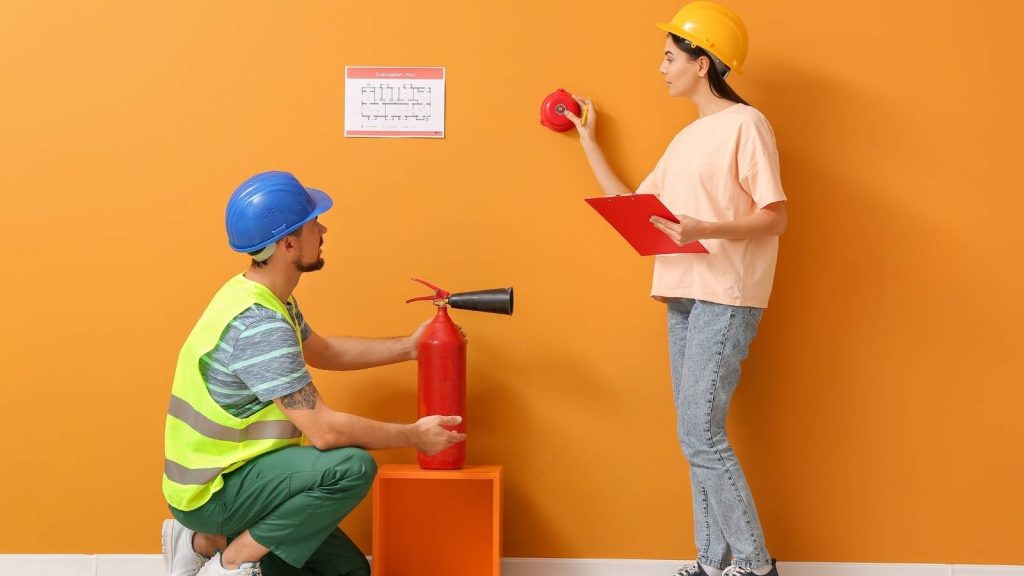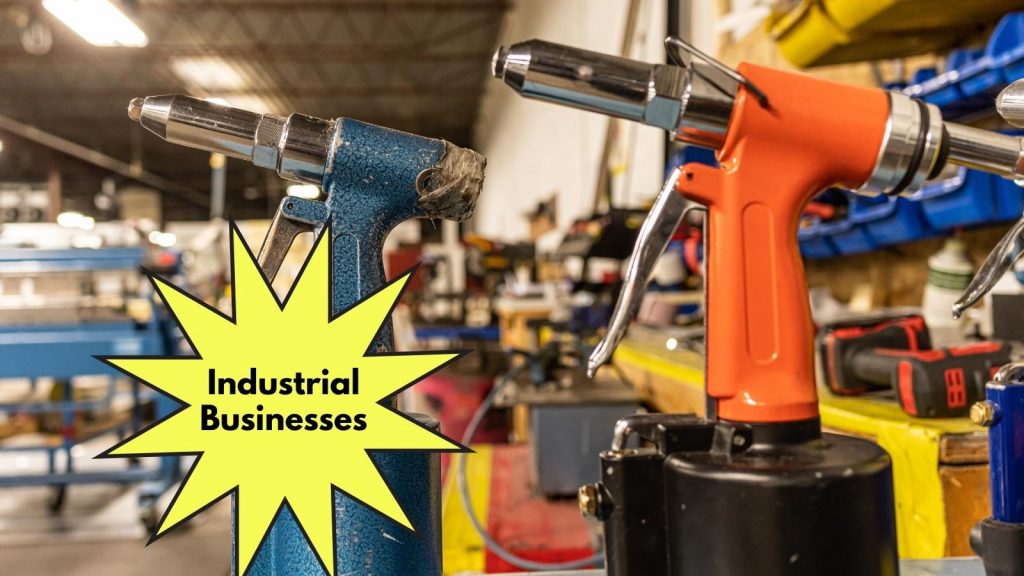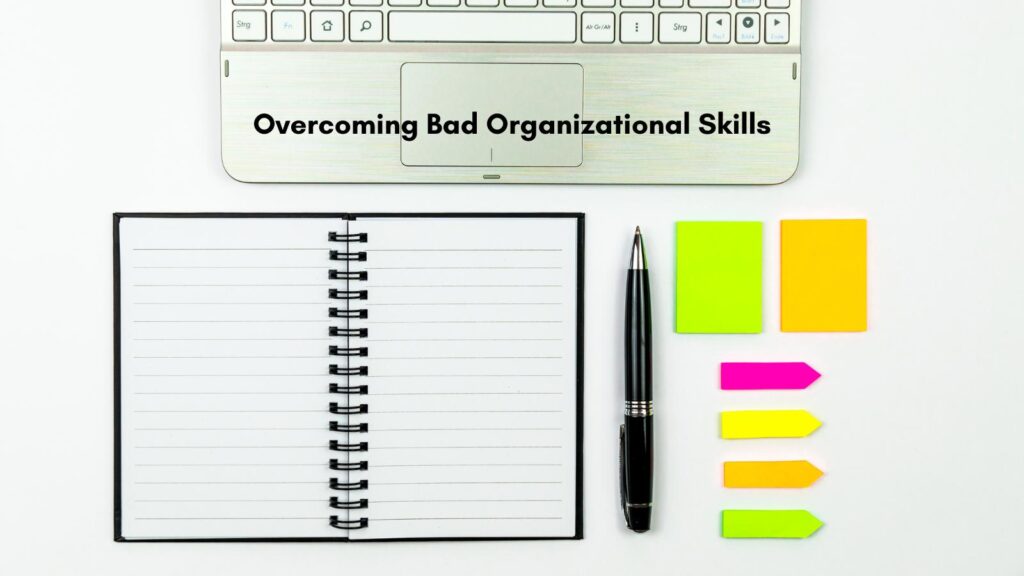Every business has risks, but for industrial businesses, the stakes are often higher. From fires and explosions to product defects and data breaches, there are a number of risks that can seriously impact your bottom line.
This article will discuss three of the most significant risks industrial businesses face and how you can mitigate them.
Table of Contents
Possible Risks
1) Risks for Industrial Businesses: Fires and Explosions:
One of the most devastating risks faced by industrial businesses is the risk of fire or explosion. According to the National Fire Protection Association, there were an estimated average of 11,630 structure fires in industrial properties each year from 2016 to 2021.
These fires caused an annual average of $774 million in direct property damage.
There are several ways to mitigate the risk of fire or explosion in your industrial business.
- You should have a comprehensive fire safety plan in place. This plan should include clear evacuation procedures and designated safe areas for employees to go to in the event of a fire or explosion. However, keep your facility up to code with regard to fire safety and that all potential sources of ignition are properly controlled
- You should invest in fire suppression systems such as sprinklers and fire extinguishers. These systems can help to control or extinguish a fire before it has the chance to spread.
- You should conduct regular training exercises with your employees so that they know what to do in the event of a fire or explosion. Having a well-trained workforce ensures that any potential fires are quickly brought under control.

2) Employees Can Suffer from Industrial Businesses Health Risks Due to Exposure to Hazardous Materials.
Employees who work in industrial settings may be exposed to various hazardous materials. These materials may include chemicals, specks of dust, fumes, and other airborne contaminants.
Exposure to these hazards can cause a variety of health problems, ranging from minor irritation to more serious conditions like cancer.
There are many ways to mitigate the risk of exposure to hazardous materials.
- One way to mitigate this risk is to require employees to wear personal protective equipment (PPE) when working with or near hazardous materials. PPE can include items such as gloves, respirators, and protective clothing. Employers provide PPE at no cost to employees and ensure that it is properly maintained. Furthermore, train employees on how to use PPE correctly.
- Another way to mitigate the health risks associated with exposure to hazardous materials is to implement engineering controls. Engineering controls remove or reduce employee exposure to hazards.
- For example, modular machine enclosures are a type of engineering control that can be used to isolate employees from hazards. Machine enclosures can be equipped with ventilation systems to remove hazardous fumes and particles from the air.
- Enclosures can also be equipped with interlocks that prevent machines from being turned on when doors are open, preventing employees from coming into contact with moving parts.
3) Product Defects in Industrial Businesses
Another risk faced by industrial businesses is the risk of product defects. Product defects can occur for a variety of reasons, including poor design, manufacturing errors, and material defects.
Product defects can lead to recalls, legal liability, and damage to your company’s reputation.
There are a number of ways to reduce the risk of product defects.
- One way to mitigate this risk is to thoroughly test your products before released to the market. This testing should include both quality assurance testing and user acceptance testing.
- Quality assurance testing should be conducted during the manufacturing process to ensure that products meet all specifications and requirements. User acceptance testing is conducted after products are completed. Hence, they meet customer needs and expectations.
- Another way to mitigate the risk of product defects is to implement a quality management system. A quality management system is a set of processes and procedures that ensure products meet all quality requirements.
- Quality management systems can help to identify and correct problems during the design, manufacturing, and distribution phases of product development. The implementation of a quality management system can be costly and time-consuming, but it can ultimately save your company money by preventing defective products from reaching customers
In Conclusion of Risks For Industrial Businesses
Industrial businesses face a number of risks, including the risk of fire, health risks due to exposure to hazardous materials, and the risk of product defects.
By mitigating these risks, you can help ensure the safety of your employees and protect your company’s reputation. What are you doing to avoid the risks today?
Three Risks for Industrial Businesses And How to Mitigate Them Share on X



